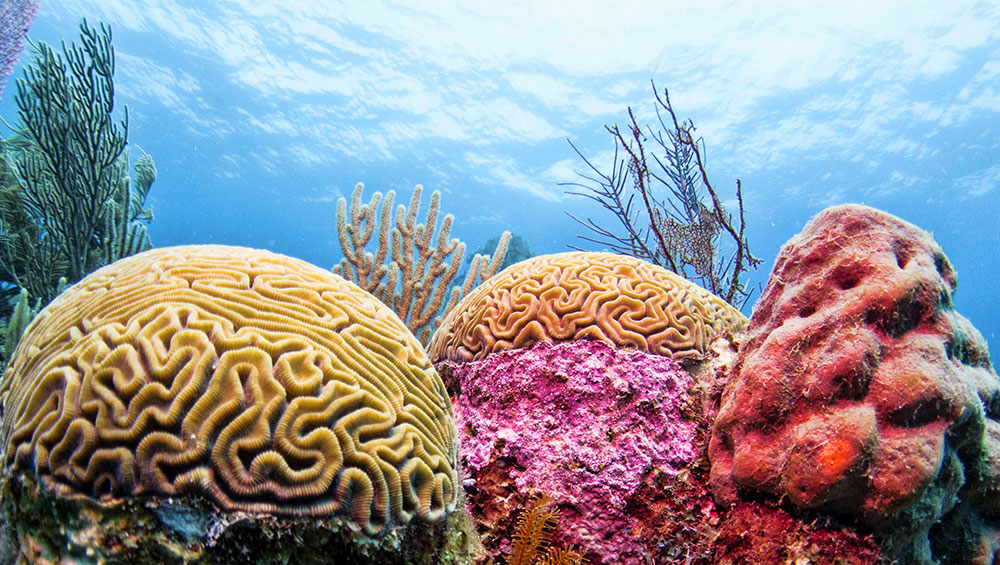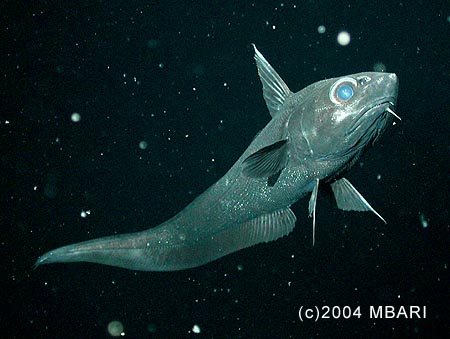The First Underwater Wonder
The Belize Barrier reef is actually a series of coral reefs. These reefs are part of the great Meso-American Reef system, covering around 260 kilometers of this much larger reef system. However, because of the beauty of this specific area, it has been classified as one of the Underwater Wonders of the World by a group of divers known as CEDAM International (the only other reefs receiving this distinction were the reefs at Palau (ranking sixth and the Great Barrier Reef in Australia.

Geography
The Belize Barrier reef is located in off the coast of Belize, approximately 40 kilometers from the coast in south Belize. Belize stretches from Mexico on the north side to Guatemala and is some 190 miles long.
Unexplored Riches
The Belize Barrier Reef is considered one of the most diverse ecosystems in the world and what is interesting is that only 10% of the fishes and other marine life have been discovered out of the species they hope to find here. So far, scientists have logged some 70 hard coral species, 36 soft coral species, 500 species of fish and hundreds of other invertebrates.
The Most Remarkable Reef in the West Indies
In 1842, Charles Darwin described it as “the most remarkable reef in the West Indies.”

Aware of the huge value of this beautiful reef, Belize became the first place in the world to completely ban bottom trawling. Furthermore, the area was distinguished as a World Heritage Site in 1996 both for its vulnerability and because it contains such valuable natural habitats for its amazing area of fishes and marine life.
Threatened by Environmental Damages
Despite the world’s interest in protecting this reef area, Belize’s reef has suffered extreme damage due to coral bleaching. This specific type of reef damage often makes it hard to distinguish whether man or nature is to blame.
The major threats to the Belize Barrier Reef have been the hurricanes that frequent these waters, also global warming and the increase in the temperatures of the waters.
Today, it is estimated that over 40% of Belize’s coral reefs have been damaged or lost to coral bleaching. And because coral bleaching is irreversible, causing a large part of the coral to die, leaving the rest very vulnerable to further infection, there is little chance for recovering what has been lost. In fact, disease is more likely to kill coral than the bleaching itself.
The loss of this reef would be cataclysmic. The whole island of Belize would cease to exist without it because it serves as a natural barrier to sea erosion, sheltering the island.
Marine Life Still Being Documented
The fish here are varied and amazing and still being determined but you will see plenty of varieties of hard and soft corals, huge sea fans, tunicates, lobsters, and shrimp – you’ll see lots of stingrays, manta rays, and spotted eels. In fact, the wondrous fish alone at Belize make it worth visiting. The blue waters, where the reefs drop, you’ll find huge game fish like kingfish, mackerel, wahoo, sailfish, and marlins, and occasionally you’ll see white tipped sharks, Caribbean sharks, and reef sharks as well.
 The strange rattail fish calls Belize’s Great Blue Hole home.
The strange rattail fish calls Belize’s Great Blue Hole home.
